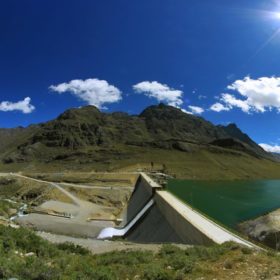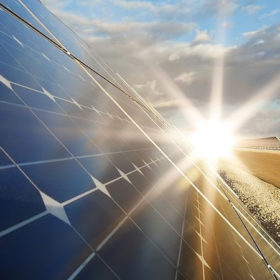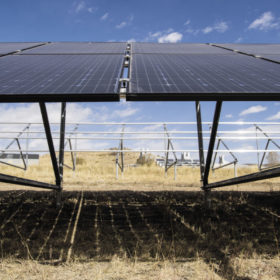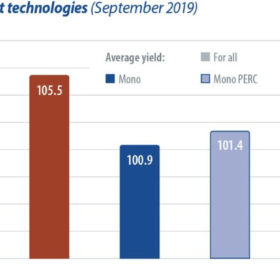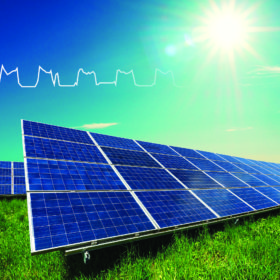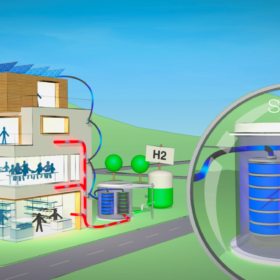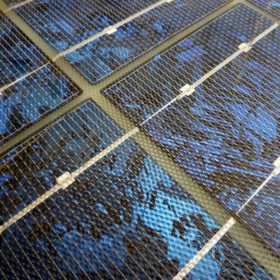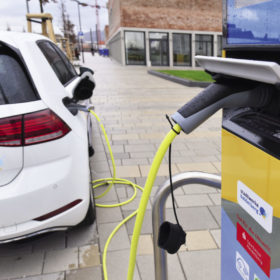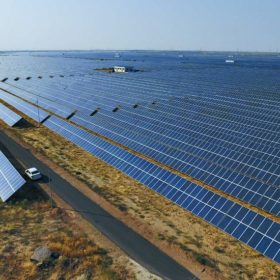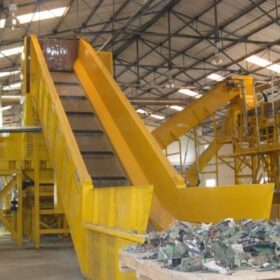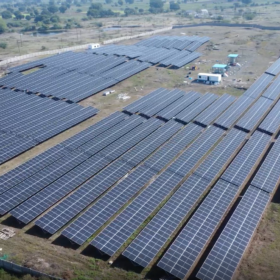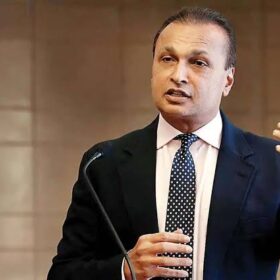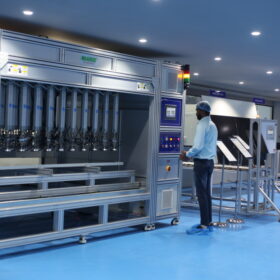Coupling pumped hydro with renewables and other storage technologies
The combination of pumped hydro with other storage technologies can increase renewables penetration, improve operational safety and reduce maintenance costs at large-scale hydropower plants, according to new research. The study also focuses on techniques to determine the optimal size of renewables-based pumped hydro storage systems. Costs for hybrid solar-pumped hydro projects currently range from $0.098/kWh to $1.36/kWh.
German company Phaesun installs solar-powered water desalination plants in Gujarat
The pilot plants—installed at a temple and a school—work on a membrane-based electrodialysis technology to provide clean drinking water.
The long read: Model progress
While it has often been referred to as “the future of PV” in recent years, discussions surrounding bifacial technology are now very much in the present. Modules are beginning to roll off production lines in significant numbers, and industry players are boasting of gigawatts of bifacial projects that are already installed or in the late stages of development. But it’s still early days for the technology, and there are questions to answer for it to achieve its full potential. pv magazine investigates the modeling and optimization of bifacial PV’s performance.
pv magazine test: September 2019 results
We are pleased to present the next batch of energy yield results from the outdoor test field in Xi’an, China. The September 2019 results are presented below, plus analysis from George Touloupas, director of tech and quality at CEA.
New metallization tech to reduce microcracks in solar cells
A U.S. research group has developed a metal-carbon-nanotube composite – MetZilla – which can be embedded in commercial, screen-printable silver pastes and is said to reduce the formation of hotspots in solar modules and to prolong panel lifespan. The composite metal contacts are also ‘self-healing’ as they are able to regain electrical continuity after cycles of complete electrical failure caused by extreme strain.
New material for radiative cooling of solar panels
Spanish researchers have discovered a material said to offer radiative cooling and self-cleaning of devices which undergo critical heating during operation, such as PV panels. The thermal emitter enabled the scientists to lower the daytime temperature of silicon wafers by 14 degrees Celsius.
French consortium develops hybrid storage and co-generation system
The Smart Energy Hub can operate in electrolysis mode to store renewable energy as hydrogen, or in fuel cell mode to produce electricity and heat from previously produced hydrogen or methane. Its developers are the French Alternative Energies and Atomic Energy Commission and start-up Sylfen.
Assam will begin producing quantum dots for solar cells in Q1 2020
Amtronics’ Tech City facility—constructed to a 75,000 sq.ft footprint—will use US firm Quantum Materials Corp’s technology to manufacture quantum dots and thin-film quantum dot solar cells.
Indigenisation of technology key to successful EV transition for auto industry: CEEW
Indigenisation of electric powertrain components and battery pack assembly could produce a 5.7% higher output value addition (US$ 2.7 billion) for the Indian auto industry in case of an electric vehicle (EV) transition.
A new battery mix to prevent dendrites
Scientists at the United States Pacific Northwest National Laboratory have discovered a root cause of dendrite formation, which can cause battery failure and even fires in lithium-ion technology. With this new knowledge, the group is now working on electrolyte recipes that eliminate dendrite growth entirely.
